Prayers in the Dark
What is sacred lived in the church. I remember colored light—red, blue, yellow—streaming from above, depicting Jesus pierced by a lance wound, nailed to the cross, bleeding. I remember incense rising in clouds and prayers sung by the priest. As a young child in Catholic school, I remember the hypnotic repetition of mass, people sitting, standing, kneeling.
Each day, a student was chosen to go inside the convent, where God lived, to pick up a snack for their class—a bag of pretzels. I relished walking those thirty feet. Slowly and attentively, I looked and listened for God. I imagined myself married to Him like the nuns. I wished for this, except I didn’t want to wear a black habit. Once I asked to be an “altar person,” but the priest said, “That’s only for boys.”
Today I am aware that the Catholic Church is “an empire of misogyny,” as former president of Ireland, Mary McAleese, stated.1 But while the church is corrupt, what is sacred is alive. Free from the confines of church walls or the distant heavenly realm of a monotheistic God, what is sacred lives in the natural world, within and all around us, connecting Earth and Mystery. When I guide in the wilderness, I invite people to have a direct relationship with what is holy—to hear the song of the planet, listen to the images arising in their dreams, and discover the unique, mythic purpose of their soul.
Nature was Saint Francis’ church. Mountains, prairies, canyons, and birds live a prayer all the time. Rain offers itself to the grasses. Rivers carry their waters to the sea. Lightning brightens the sky. Like a forest ecosystem, we are interdependent. Our connection with nature strengthens and inspires us. Wind dances with trees. Thunderstorms crackle. Coyotes howl. Crickets play music for the night.
Humans have communicated with nature since the beginning of time. Most nature-based and indigenous cultures around the world feel the holy in all they do—eating, hunting, art. The Doctrine of Christian Discovery instructed Christians to kill these “lost souls” and capture their lands.2 But we can choose to listen to the wisdom of indigenous elders and remember our own ancestors who once lived close to the Earth.
Our capacity to take in a personal encounter with the mystical can be restored. Children imagine, touching the existence of unknown realms. We, too, can learn to attend to nature by re-attuning our sensing, feeling, and imagination. Our eyes and sense organs can rediscover the sentience of bear and ocean, buffalo and tree. We can experience the universal consciousness that animates everything.
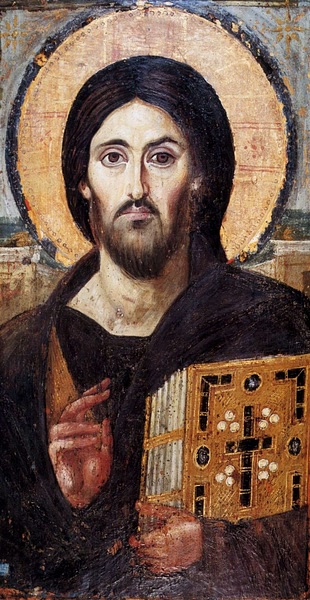 When my six-year-old heart first heard about the crucifixion of Jesus, I could not understand why humans would torture and kill the son of God—just as I can’t comprehend why industrial civilization is making the Earth uninhabitable for humans and most species. The Earth is sacred. To destroy it is to desecrate God. Spirit and Earth are inseparable forces, abiding in all living things and sustaining life.
When my six-year-old heart first heard about the crucifixion of Jesus, I could not understand why humans would torture and kill the son of God—just as I can’t comprehend why industrial civilization is making the Earth uninhabitable for humans and most species. The Earth is sacred. To destroy it is to desecrate God. Spirit and Earth are inseparable forces, abiding in all living things and sustaining life.
Jesus’ lacerated body can be likened to the perpetual assaults upon our planet. In Catholic school, I was taught that Jesus died to save us from our sins. I later wondered if he was the scapegoat of a morally and spiritually bankrupt culture. A healthy culture would honor and protect what matters most. What do we tell ourselves now to justify the brutal exploitation of nature—clear-cut forests, drained wetlands, dying oceans?
Forests are under worldwide assault. The equivalent of thirty soccer fields disappear every minute.3 Hundreds of species go extinct every day.4 Ninety percent of large fish, fifty percent of coral reefs, and forty percent of plankton have been wiped out.5 One-hundred-eighty million tons of hazardous mine waste is dumped into rivers, lakes, and oceans worldwide each year.6 Dams kill fish, strangle streams, and harm entire ecosystems.7 Agriculture uses eighty to ninety percent of freshwater and is a leading cause of U.S. pollution—creating algal blooms, dead zones, acidification, heavy metal contamination, elevated nitrate levels, and pathogen contamination.8
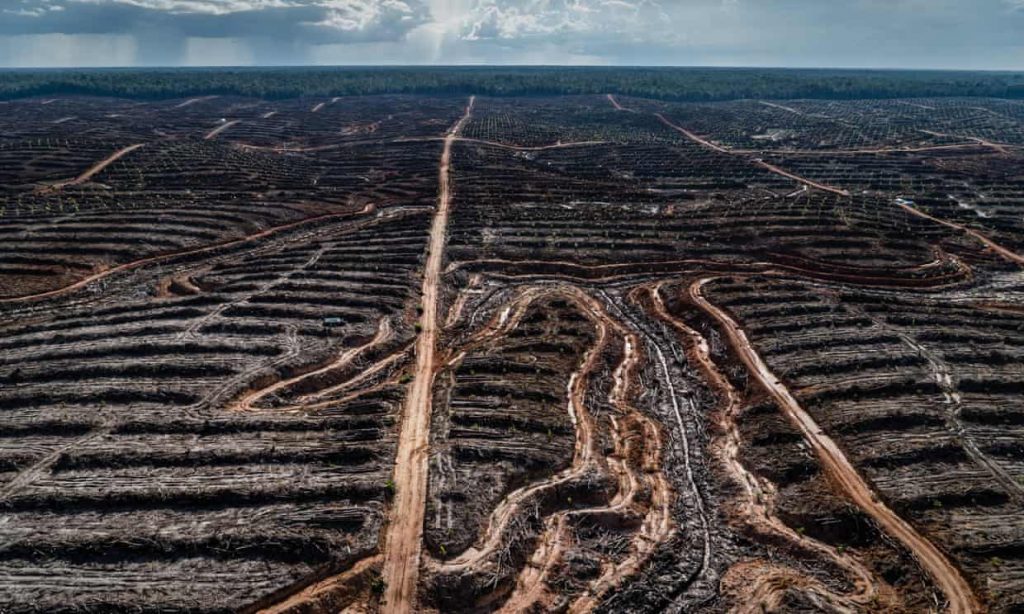
Since the dawn of civilization, humanity has caused the loss of eighty-three percent of wild mammals and fifty percent of plants. Of all the mammals now on Earth, ninety-six percent are livestock and humans—only four percent are wild mammals.9 Stealing from future generations of all species, we are killing ourselves.
“What if we allow this to break our hearts, evoke our fear, incite our rage, and call forth a prayer that longs for and acts on behalf of what seems impossible?” I ask those who participate in the programs I guide.
“The Earth will be fine,” a woman says. “Human survival should be our main concern.”
“What about our planet home?” I ask. “If our families were harmed, it wouldn’t be okay. Nonhumans are relatives too. Our children will not be able to breathe without trees.”10
“I do my part,” a man says. “I live simply. Off-grid with a garden.” Others nod.
“That’s a great start,” I say, “but personal change alone won’t stop global empire. It is built on ecocide.”11
“We will switch from fossil fuels to solar and wind,” a man says.
“Have you read Bright Green Lies?”12 I ask. “Those require a lot of mining. We won’t survive continued industrial expansion and consumption.”13
“Green technology will come up with something,” a woman says.
“I wouldn’t count on it,” I say. “Have you seen Metropolis, a 1927 film predicting where worshipping the machine would lead us?”14
Harming the Earth is our least acknowledged injustice. In the wake of global ecocide, a Christian axiom still claims that “nature has no reason for existence save to serve man.”15 To survive, we must restore a balance that reveres the sanctity of all life. Yet our culture doesn’t get it.
Change begins with opening to the tremendous sorrow of our failure to protect oceans, forests, rivers, and animals. We may feel hopeless. Our grief may weigh on us so heavily we feel like we can’t breathe. Our despair may usher us beneath the water’s turbulent surface into the calm depths of the underworld, a mythic cauldron holding all we do not know.
Ninety-five percent of our universe is darkness, confirming the existence of Mystery. Less than five percent is explainable by science.16 Possibilities lay hidden in the dark. Amidst the breathtaking beauty and immense suffering, we can descend into the chthonic realm of the mysterious unknown. Visions can arise in the dark that feed and seed the mythic sinew of future humans and the Earth.
Born of the womb, we return to the dream stream every night to be infused with myths, symbols, images, and stories. Our eyes can’t see in the dark, so our imagination, a powerful and intuitive strategy to listen, grows stronger. Extraordinary occurrences emerge in waking life too—a tree growing above tree line, the star that began our solar system, a starling murmuration, erupting geyser bubbles. Surprising potentialities can arise from our prayers in the dark, too.
“This isn’t yours,” a woman places her forehead and hands on the red soil of the desert, her voice fierce and mournful. “This belongs to all of us.” She says it again and again, her voice growing more intense.
We are engaged in a ceremony to express our feelings about what is happening to the planet. Another woman opens her mouth and lets out a bloodcurdling scream.
“I grew up in Minnesota and have always loved the Boundary Waters,” a man says. “The administration has granted leases to build a mine there. The wildlife, water, and soil will be poisoned.”
Another man is shaking and crying. “I can’t speak,” he manages to say. “It’s too sad.”
After an hour, I guide people to close their eyes and root themselves in the Earth and their deep imagination. Like a waking dream, I invite them to imagine they are liquifying in a cocoon or hibernating in a cave.
“Perhaps share your grief about the planet and see what images emerge,” I suggest. I guide them to look, listen, and feel in the dark. I direct them to attend to both the personal and the planetary.
“Track any glimmers or clues that could be about your personal mission or destiny,” I suggest, “and seek visions or images about how we humans could collectively address and confront the challenges of our times.”
My soul’s creativity arises from dark waters. Lost in blackness, I long for a vision to restore forests, birds, oceans, and justice. Tears flow. I long for a world we may never inhabit. For rivers to run clear and be full of salmon. Flocks of birds to darken the sky. Ancient trees to cover the land. Oceans to teem with whales, dolphins, and coral.
I long for cement, metal, and tin to melt back into the natural world, restoring it with a new energy. For machines that mine coal, oil, and trees to be dismantled. For people to stop extracting and start honoring. For Earth to breathe herself back alive.
Longing is prayer. Not a passive wish list or a quest for enlightenment, prayer is receptive and active, a conversation. We listen and speak, surrender and serve. Praying for a vision, we await the mystery. Responses may arise from our depths through images, words, or sensations. Prayer is what we become, what we live.
We can ask the Holy Earth what she wants, and she can dream through us. We can listen for how to offer our truest gifts. Once we receive a response, we embody what the dream asks. Then, more is offered. We may be dismembered or regenerated. Directed towards the actions that matter most, we are guided in a life of creative service. This listening informs my existence, how I guide and write.
Most people want to avoid the dark. What we fear lives there—inner monsters, wounds, vulnerabilities—even the possibility of death. Yet potent revelations arise near death. It preys on us, bringing us to our knees in humility, evoking us to pray and listen.
Our dominant culture denies its impending death, while killing everything else to keep itself alive. In initiation ceremonies into adulthood, cultures of indigenous and nature-based peoples let go into a liminal unknown. Our culture does not encourage individuals to grow or face death. Perhaps this is one reason why it has become an Earth-devouring machine, consuming life.
A part of the seasons and cycles of nature, death initiates us into the mysteries of life. At twenty-one years old, a rapidly growing cancer, non-Hodgkin’s lymphoma, created a tumor in the two lymph nodes in front of my heart. The prescription was chemotherapy and radiation, with only a thirty-three percent chance they would cure me.
Not knowing how long I would live brought my attention to morning birdsong, the blossoming of new buds, and the sun shimmering on the lake. After my diagnosis, I felt something mysterious—a sacred, holy, divine presence—holding and loving me. Being with it evoked a surprising joy, ease, and curiosity. I began moving slowly enough to notice beauty. Suddenly, I could feel what had always been true—life is precious.
Steeping ourselves in the uncertainty of these times, I pray we foster our innate visionary skills and a strong devotion within our hearts to serve what is truly sacred, our planet home. May this catalyze us to act both mythically and directly, to re-inhabit our animal nature, listen to the dream of the Holy Earth, resist our dominant culture, and court the mysterious potentialities that live in darkness.
Guiding in the Colorado high country, my co-guide smudges with sage, and I play the drum. Twelve people, young and old, will fast alone for three nights on the land to pray and listen for a vision. Standing in a meadow at the edge of a portal made of sticks, pine cones, and flowers, quaking aspen, lupine and blue bell surround us. A deer peers out from behind a ponderosa tree. Each person reads their prayer before walking across the threshold.
May we step through the portal now and pray in the dark—to live again in a world where the Holy is blended with all we do, to partner with the dream of Earth, and live in service to her and future generations.
References
[1] https://www.bbc.com/news/world-europe-43330026
[2] https://theconversation.com/why-the-pope-has-yet-to-overturn-the-churchs-colonial-legacy-39622
[3] https://www.bcg.com/publications/2020/the-staggering-value-of-forests-and-how-to-save-them.aspx
[4] https://dgrnewsservice.org/civilization/ecocide/habitat-loss/extinction-rate-for-north-american-freshwater-fishes-877-times-normal-could-double-by-2050/
[5] https://dgrnewsservice.org/civilization/ecocide/extraction/they-want-to-mine-the-deep-sea/
[6] https://science.howstuffworks.com/engineering/structural/abandoned-mine.htm
[7] https://en.wikipedia.org/wiki/List_of_dams_and_reservoirs_in_the_United_States
[8] https://foodprint.org/issues/how-industrial-agriculture-affects-our-water/
[9] https://www.theguardian.com/environment/2018/may/21/human-race-just-001-of-all-life-but-has-destroyed-over-80-of-wild-mammals-study
[10] https://www.theconsciouschallenge.org/ecologicalfootprintbibleoverview/oxygen-deforestation
[11] https://dgrnewsservice.org/civilization/the-everyday-violence-of-modern-culture/
[12] https://www.monkfishpublishing.com/products-page-2/environmentalism/bright-green-lies/
[13] https://dgrnewsservice.org/civilization/ecocide/planet-of-the-humans-why-technology-wont-save-us/
[14] https://www.youtube.com/watch?v=AvtWDIZtrAE
[15] http://iscast.org/node/103
[16] https://science.nasa.gov/astrophysics/focus-areas/what-is-dark-energy


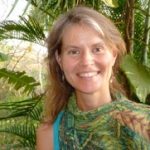
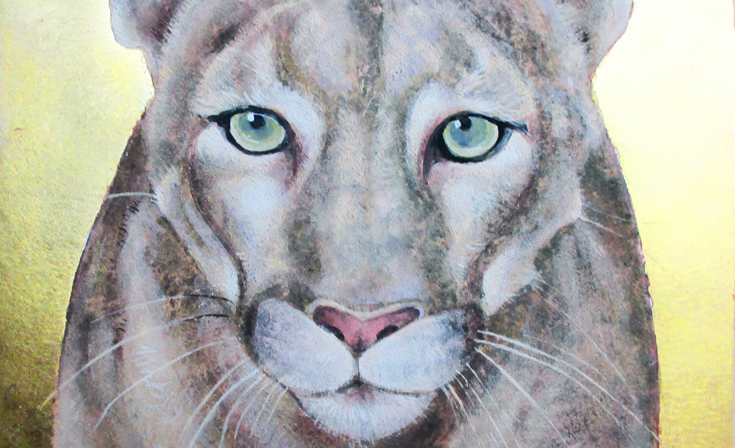
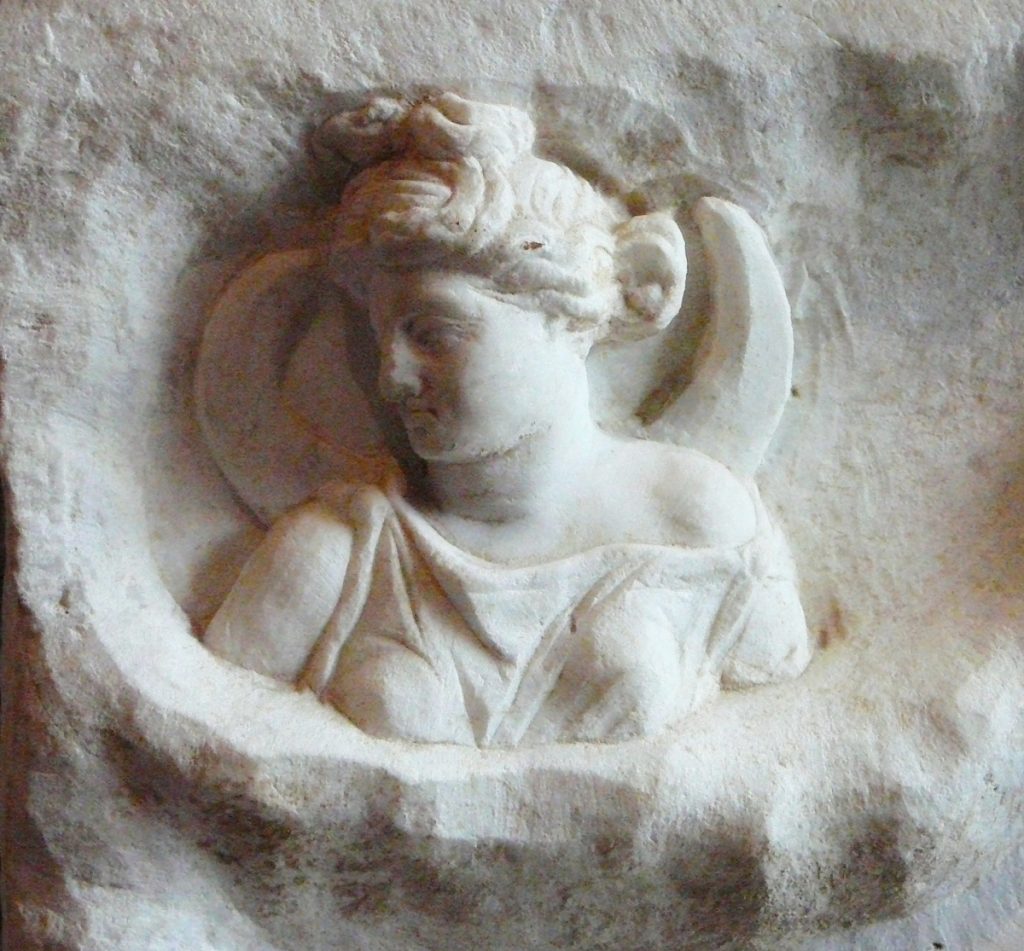
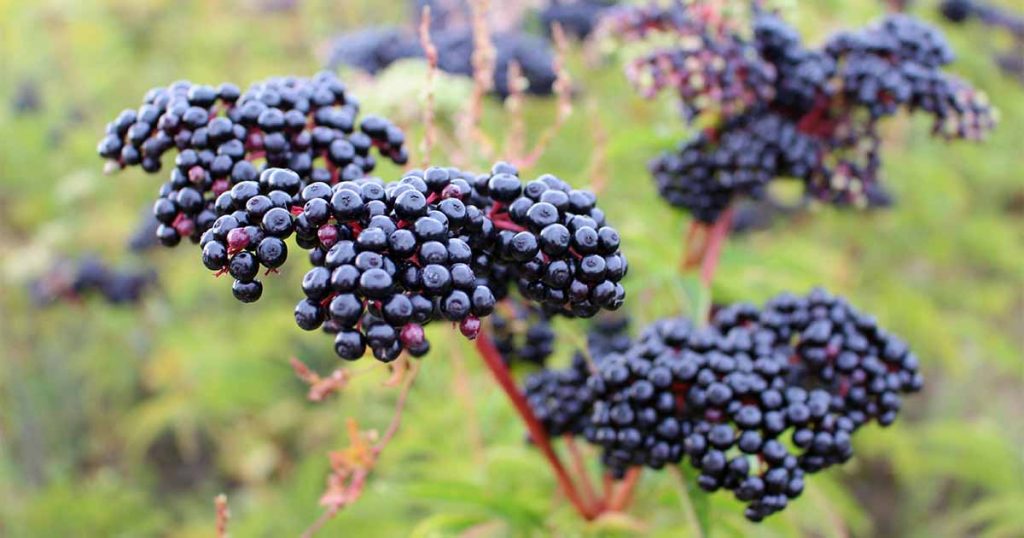
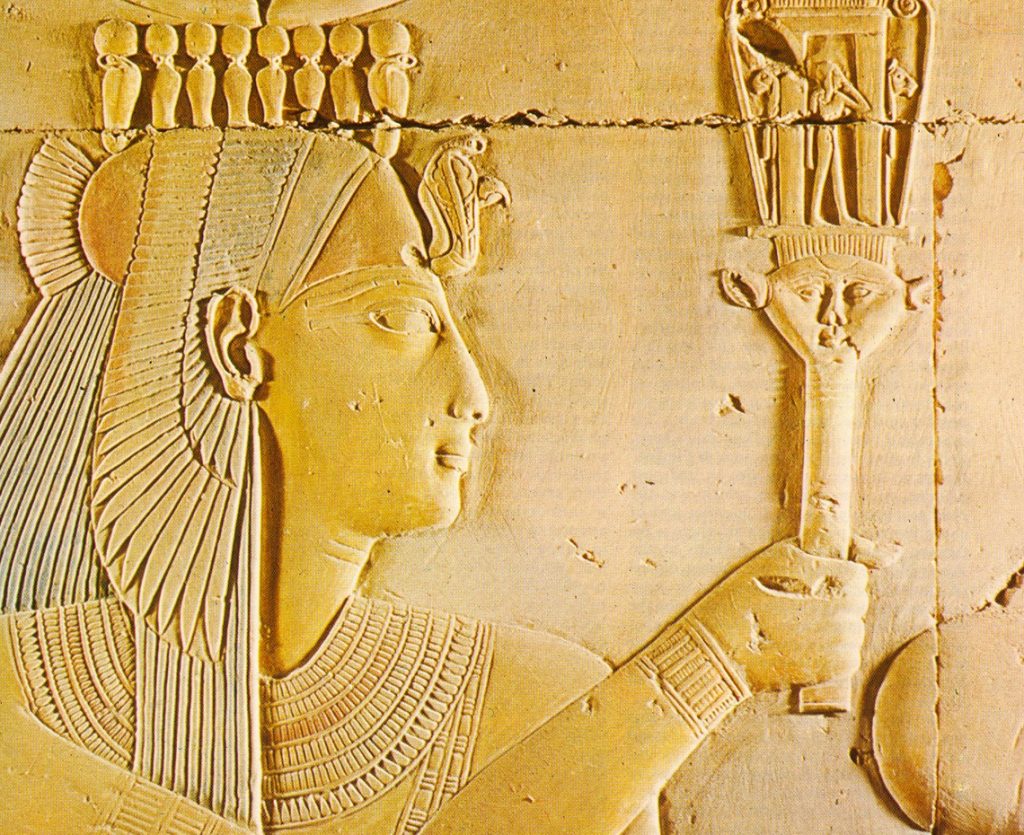
Thank you for your beautiful poignant words.